Archeological findings show first citizens of Anykščiai district since
9000 B.C. The town‘s name was first mentioned as Anykščiai Manor
of Lithuania‘s Duke Kazimieras. He wrote in his letters that he is
assigning the manor for Radvila Astikaitis. During 1442–1452,
first wooden church was built in town. In the XV century, the town
Anykščiai is being mentioned. In 1507 the lands of the parson were
adjusted. In 1516 the town got the rights of the town and the
Manor of Anykščiai with the town to be given to Mikalojus Radvila.
In 1566 the town suffered several fires. The church was burnt to
the ground, but it was soon to be re-built. In 1671 the church of
Anykščiai was burnt down again (re-built in 1677). In the beginning
of XVIII century, the bridge was demolished due to the wars
with swedish. It was re-built in the end of XVIII century. In 1792,
king Stanislovas Augustas gave the town rights and a blazon. The
blazon consists out of the new bridge which was built right before
receiving an autonomy, and the statue of st. Jonas Nepomukas, the
watchman of the bridges.
In the XIX century, the town grew bigger. Here was a church with
the steeple and two synagogues. When the 1831 uprising was
put down, the town belonged to the russian empire. During the
uprising of 1863 the gun factory was opened here. In 1898 the
narrow-gauge railway started operating with the track PanevėžysŠvenčionėliai.
In 1902 the hydro power plant was built in Anykščiai.
7 years later, in the place of where an old church was built, new
church was established (neogothic style).
Since 1929 localy winery works in Anykščiai. In 1938, the rights
of the town were re-newed. During the wars, a lot of people died,
mainuly Jewish. In 1944 the town was a battlefield for the nazis
and the soviets. In 1968 the factory of sand-intensity was opened
(„Kvarcas), as well as the mansion of culture and the blocks of living
houses „Ramybė“. During 1988–1992, the railway was operating
for children, on the route Anykščiai-Rubikiai.
In 1992 the new blazon was confirmed. In 2012 Anykščiai town was
selected to be The Capital of Lithuanian Culture.

+61



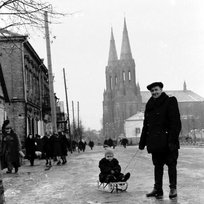
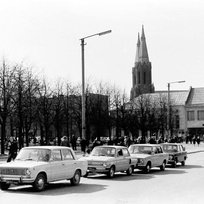
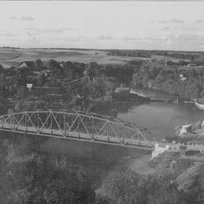
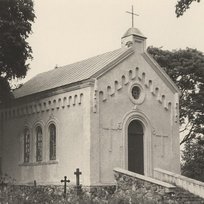
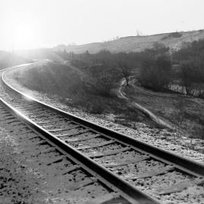
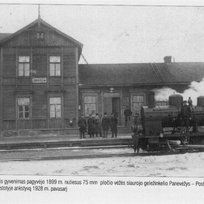


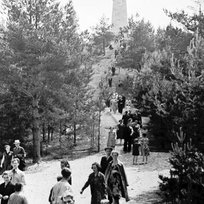




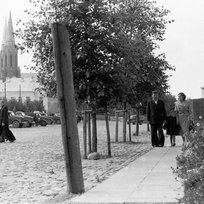
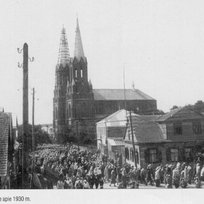
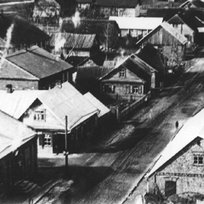

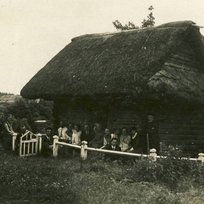
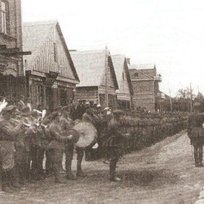
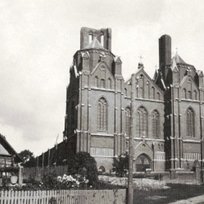
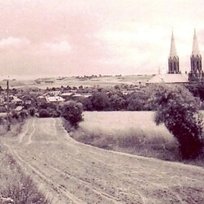
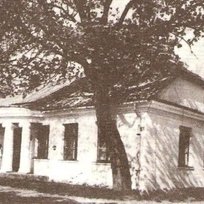
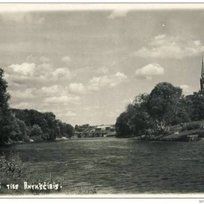
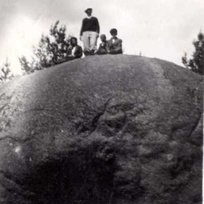
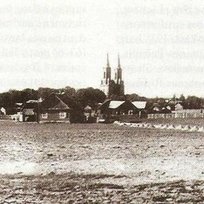
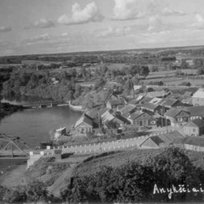
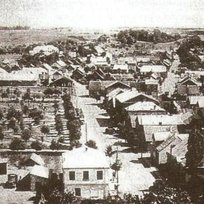
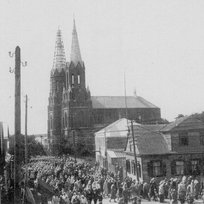
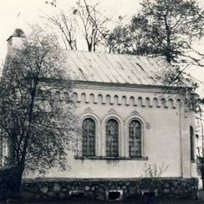
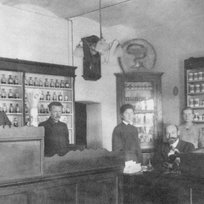
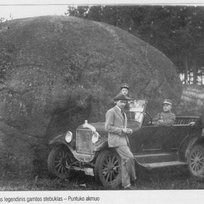
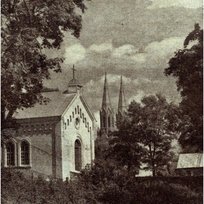
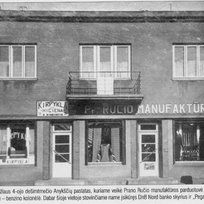
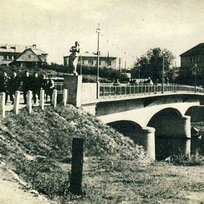
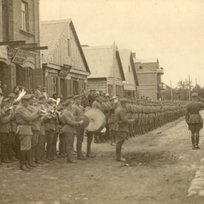
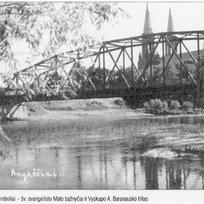
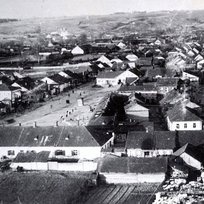
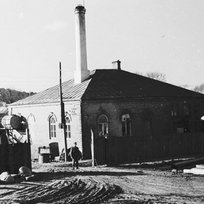
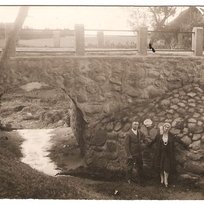
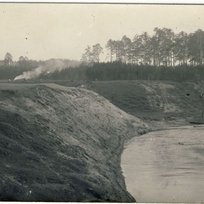
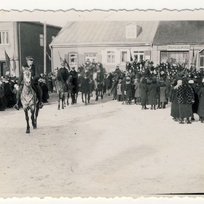
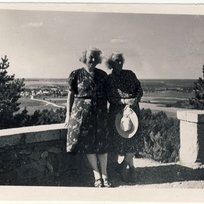
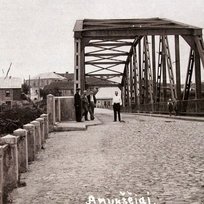
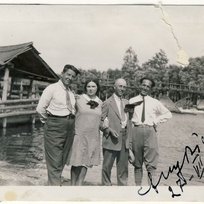
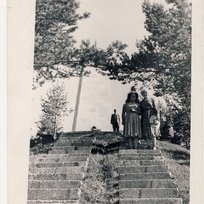
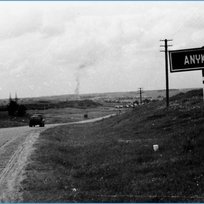
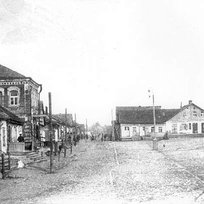
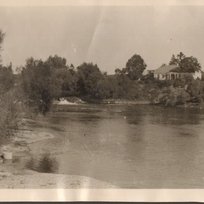
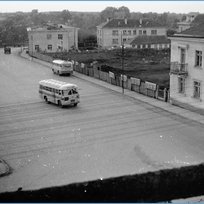
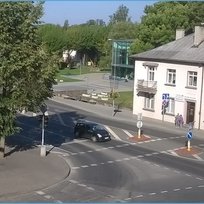

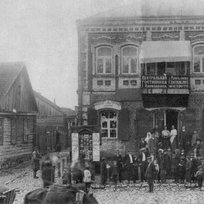
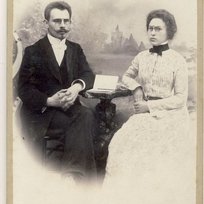
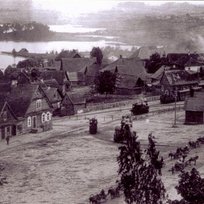
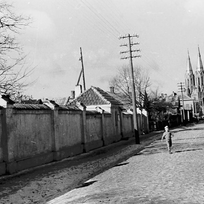
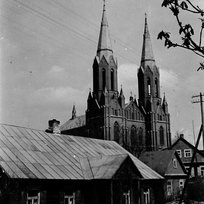
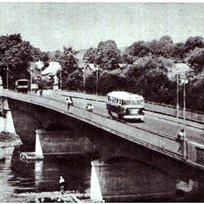
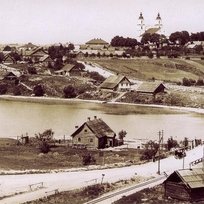
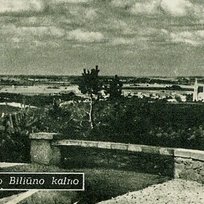
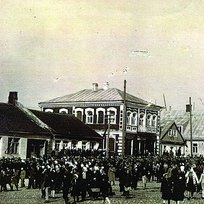
Laba diena Esu istorijos mokytoja. Ši informacija man tikrai padėjo pasiruošti pamokai.